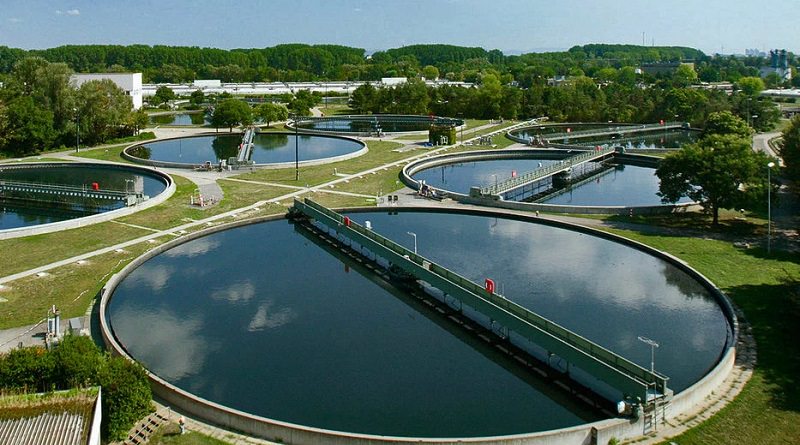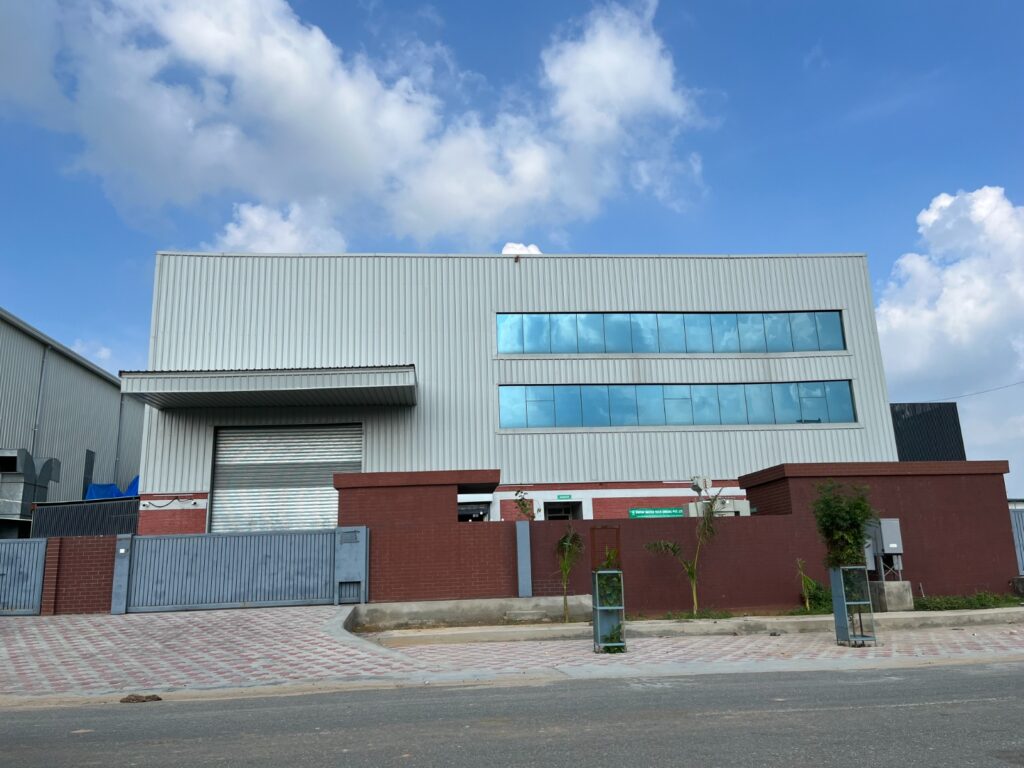Solutions
Sewage Treatment Plant (STP)
A sewage water treatment plant, also known as a wastewater treatment plant or sewage treatment plant, is a facility designed to treat and purify domestic or municipal wastewater, commonly referred to as sewage or wastewater. Its purpose is to remove contaminants, pollutants, and pathogens from the wastewater before it is released back into the environment or reused for various purposes.
Here’s an overview of the sewage water treatment process in a typical sewage treatment plant:
- Preliminary Treatment: The sewage undergoes preliminary treatment, which involves screening to remove large debris, such as rocks, sticks, and plastic materials. This step also includes grit removal to separate smaller particles like sand, gravel, and grit that may damage equipment during subsequent treatment processes.
- Primary Treatment: In the primary treatment stage, the sewage enters large settling tanks, known as primary clarifiers or sedimentation tanks. Here, the flow of wastewater slows down, allowing suspended solids and organic matter to settle at the bottom as sludge, while oils and greases float to the surface. The settled sludge is removed for further treatment, and the surface scum is skimmed off.
- Secondary Treatment: After primary treatment, the wastewater undergoes secondary treatment, which focuses on the removal of dissolved organic matter and the breakdown of biological pollutants. One of the commonly used methods is the activated sludge process, where the wastewater is mixed with microorganisms (activated sludge) in aeration tanks. These microorganisms consume and break down organic matter and pollutants. After aeration, the mixture enters secondary clarifiers where the activated sludge settles out and is returned to the aeration tanks, while the clarified effluent flows to the next stage.
- Tertiary Treatment: In some cases, tertiary treatment is employed to further enhance the quality of the treated wastewater. This stage involves advanced treatment processes such as filtration (e.g., sand filtration or microfiltration), disinfection (e.g., chlorination or ultraviolet irradiation), or nutrient removal (e.g., phosphorus or nitrogen removal) to meet specific water quality standards or regulatory requirements.
- Sludge Treatment and Disposal: Throughout the treatment process, sludge is generated from primary and secondary treatment. This sludge is treated separately through processes such as digestion (anaerobic or aerobic), dewatering (e.g., mechanical or centrifugal), and drying. The treated sludge can be reused as fertilizer, incinerated, or disposed of in an environmentally responsible manner.
- Effluent Discharge or Reuse: The final treated wastewater, also known as effluent, is discharged into receiving water bodies like rivers, lakes, or oceans. In some cases, depending on the treated water quality, it can be further treated for non-potable uses such as irrigation, industrial processes, or groundwater recharge.

Sewage water treatment plants are crucial for protecting public health, preserving the environment, and ensuring water resources are used responsibly. They play a vital role in treating and purifying wastewater, preventing waterborne diseases, and maintaining the overall balance of ecosystems.

